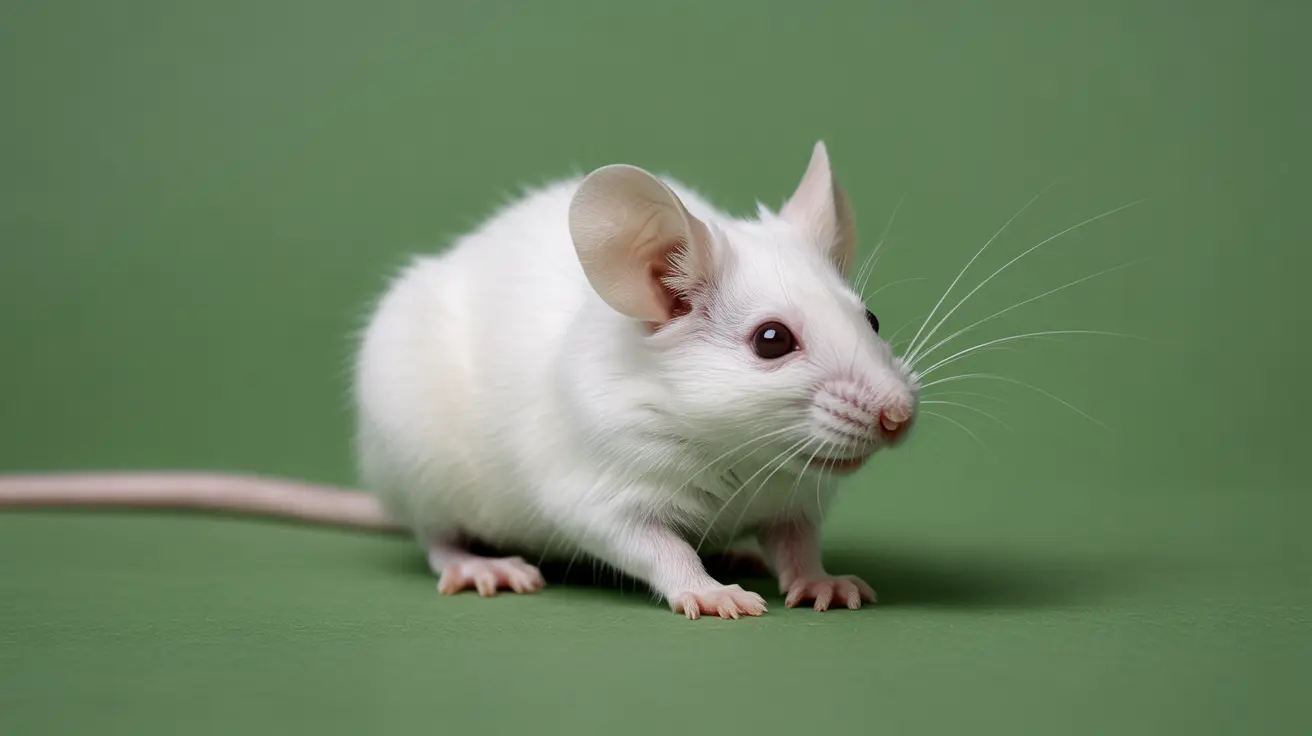Understanding the Helicopter Tail in Dogs
Dog owners often find themselves interpreting various canine behaviors to better understand their furry companions. One behavior that captures attention is the "helicopter tail"—a wagging motion where the dog’s tail moves in wide, circular motions, resembling the blades of a helicopter. This expressive gesture is much more than a cute quirk; it provides valuable insight into a dog’s emotional state and intentions.
What Is a Helicopter Tail?
A helicopter tail occurs when a dog wags its tail in a full circular or semi-circular pattern. Unlike typical side-to-side wags, this motion is more exuberant and less directional. It often involves the entire rear end of the dog, which may wiggle or sway along with the wagging tail. This behavior is usually an involuntary expression of strong emotion.
What Does It Mean?
- Joy and Excitement: Most commonly, a helicopter tail signifies genuine happiness and enthusiasm. Dogs often display this tail movement when greeting someone they love, whether it's their owner, a family member, or a familiar dog friend.
- Affection and Bonding: Dogs use this tail language to express affection during social interactions. This is a sign that they feel safe, loved, and deeply connected.
- Positive Anticipation: Helicopter tail wagging might also surface when a dog expects something enjoyable such as a favorite treat, toy, or playtime activity.
Helicopter Tail vs. Other Tail Movements
While a helicopter tail is largely a positive signal, it's important to differentiate it from other tail motions:
- High Fast Wag with Stiff Body: May indicate arousal that can escalate into aggression, especially if paired with a tense posture and focused stare.
- Low, Slow Wag: Often suggests uncertainty or internal conflict. A dog might be trying to evaluate the safety of a situation.
- Tucked Tail: Signals fear, anxiety, or submission, especially if combined with a crouched body or flattened ears.
The Importance of Context
Tail wagging doesn't operate in isolation. To fully understand what a helicopter tail means, examine the entire body language and the surrounding context. Consider the following elements:
- Facial expressions: Relaxed eyes and open mouth suggest the dog is content; tension may indicate stress.
- Ear position: Ears held forward often mean interest; pinned-back ears suggest submission or discomfort.
- Body posture: A relaxed or wiggly frame supports the idea of joy; a stiff or crouched stance may hint at conflicting emotions.
Breed-Specific Tail Language
Tail interpretation can vary by breed:
- Curl or Sickle Tails: Breeds like Huskies or Akitas naturally carry their tails over their backs, so helicopter motion might be less pronounced but still visible via full-body wagging.
- Docked or Bobbed Tails: Breeds like Boxers or Corgis have limited tail expressions, so look for body wags or overall energy to gauge emotions.
When Is Helicopter Tail Wagging Most Common?
Scenarios where you’ll likely observe helicopter tail behavior include:
- Reuniting with a loved one after a separation.
- Playing or initiating interaction with favorite humans or dogs.
- Receiving praise, treats, or toys.
- Experiencing happy anticipation, like before going for a walk or car ride.
Supporting a Happy Tail
If you want to see more helicopter tail wagging, foster a positive and affectionate environment for your dog:
- Engage in regular play and physical activity.
- Offer consistent affection and bonding time.
- Use positive reinforcement techniques like treats and praise.
- Maintain a safe and comfortable home space.
When to Be Concerned
Although a helicopter tail usually conveys happiness, monitor your dog for any signs of discomfort. If their tail remains in an odd position for an extended period or seems painful to move, consult a veterinarian. Medical issues like nerve damage or muscle strain can sometimes affect tail movement.
Conclusion
The helicopter tail is one of the most endearing and informative forms of canine communication. It typically signals joy, comfort, and positive social intent. By understanding the broader language of tail movement—including variations like stiffness, position, and speed—dog owners can better respond to their pets’ emotional needs. Always view tail cues in tandem with body language and the specific context. With time and attentiveness, you'll interpret your dog's behavior more effectively, deepening your bond and ensuring happier interactions.





